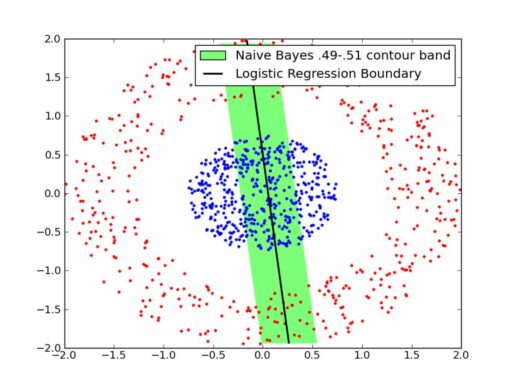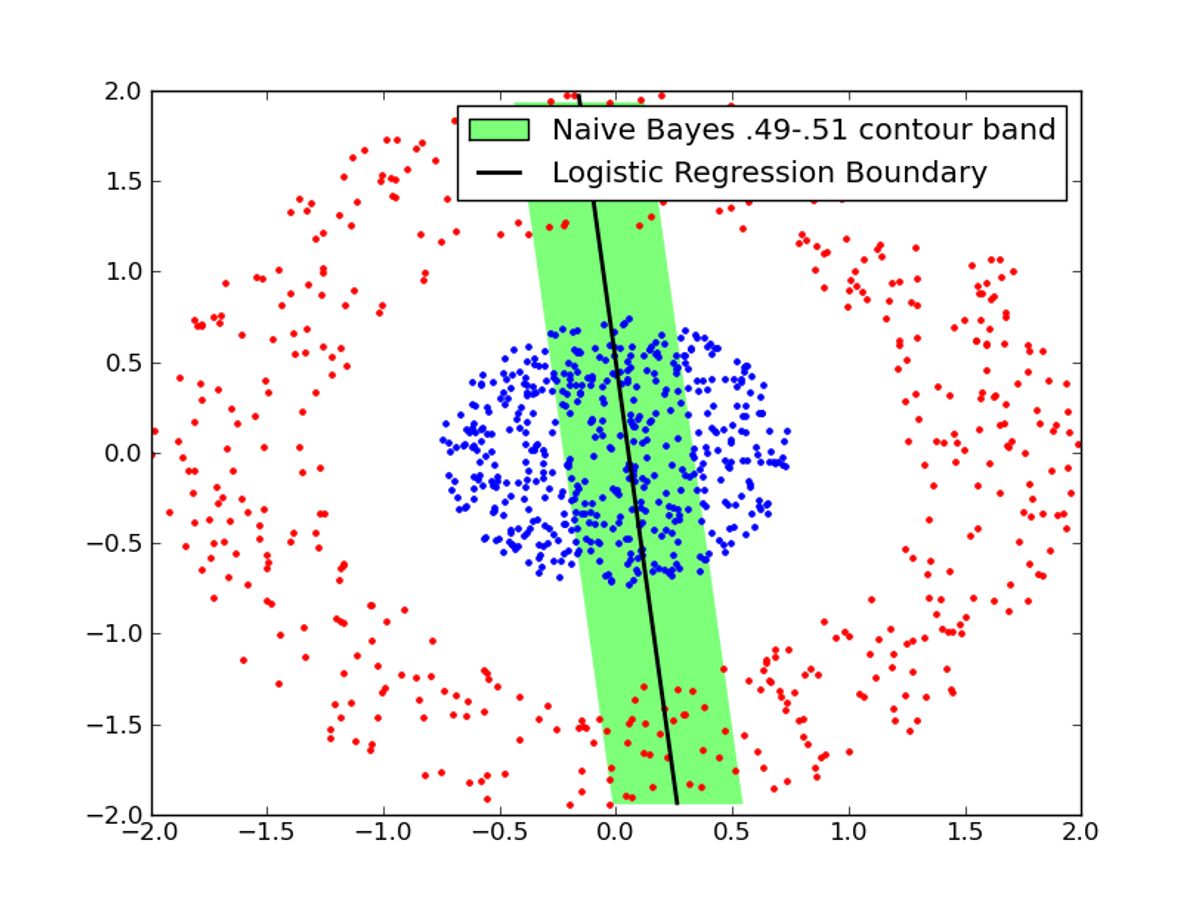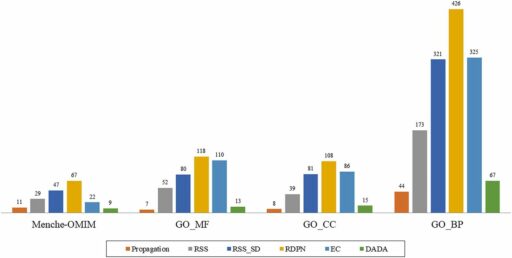Table of Contents
Calculating the mean, or average, of a data set is a fundamental statistical operation. The mean provides a simple measure of the central tendency of a set of numbers. Whether you’re analyzing test scores, measuring scientific data, or tracking performance metrics, understanding how to compute the mean is essential. This article outlines five straightforward steps to determine the mean of any collection of data, ensuring that even those with minimal mathematical background can grasp the concept and apply it effectively.
Key Takeaways
- Count the total number of values in the data set to begin the mean calculation process.
- Add up all the data values to find their sum, which is crucial for calculating the mean.
- Divide the total sum by the number of values to find the mean, representing the average of the data set.
- Apply rounding to the calculated mean if necessary, to achieve the desired level of precision.
- Use the formula for the arithmetic mean, which is the sum of all data points divided by the number of data points, to streamline the calculation.
1. Value Count

Before you can calculate the mean, you need to know how many values are in your data set. Count each value carefully, as this will be the denominator in your mean calculation formula. For example, if you’re looking at test scores for a class, you would count each student’s score as one value.
The accuracy of the mean is dependent on a correct value count.
If you’re dealing with a data set that has values occurring multiple times, you can create a frequency table. Here’s an example of a frequency table for a set of marks and the number of students who received them:
| Marks | Number of Students |
|---|---|
| 25 | 20 |
| 43 | 1 |
| 38 | 4 |
| 42 | 2 |
| … | … |
This table helps to organize the data and simplifies the process of finding the sum of the values, which is the next step in calculating the mean.
2. Summation

Once you have identified all the values in your data set, the next step is to calculate their sum. Summation is the process of adding up all the values to get a total, which is a crucial part of finding the mean. For example, if you have a set of numbers like 3, 5, 7, and 9, their sum would be 3+5+7+9=24.
To illustrate this with a structured data set, consider the following table where xi represents a value in the data set and fi is its frequency:
| xi | fi | xi * fi |
|---|---|---|
| 100 | 2 | 200 |
| 95 | 7 | 665 |
| 88 | 10 | 880 |
| 76 | 6 | 456 |
| 69 | 5 | 345 |
The sum of all products of values and their frequencies (Σfixi) is the first part of the formula for calculating the mean when dealing with frequency distributions. In this case, Σfixi equals 2,546.
The calculation can be done from raw data or for data aggregated in a frequency distribution.
Remember, the sum you obtain will be used in the next step, where you will divide it by the number of values to find the mean. This is the essence of the mean calculation as highlighted by Statistique Canada: It’s obtained by simply dividing the sum of all values in a data set by the number of values.
3. Division

Once you have the sum of all the numbers in your data set, the next step is to divide this total by the number of values you have. This division will give you the mean, which is the average of all the numbers within the data set. It’s essential to use the correct count of data points to ensure accuracy.
The mean is a measure of central tendency that represents the typical value in a set of numbers.
To illustrate, consider a simple data set: 2, 4, 6, 8, 10. The sum of these numbers is 30. If we divide this sum by the number of data points, which is 5, we get a mean of 6. This process is the same for any size of data set, whether it’s five numbers or five thousand.
Remember, the mean can be affected by extremely high or low values, so it’s important to review your data for any outliers that might skew the result.
4. Rounding

Once you have calculated the mean by dividing the sum of all values by the number of values, the next step is to round the result appropriately. Rounding is crucial for presenting your data in a clear and concise manner. It is important to follow a consistent rounding rule.
The mean should be rounded to one more decimal place than occurs in the raw data. This ensures that the mean is not overly precise relative to the original measurements.
For example, if your data set consists of whole numbers, and the calculated mean is 5.3333, you would round this to 5.3. Here’s a simple table to illustrate different scenarios:
| Raw Data Precision | Calculated Mean | Rounded Mean |
|---|---|---|
| Whole numbers | 5.3333 | 5.3 |
| One decimal place | 2.6667 | 2.67 |
| Two decimal places | 3.14159 | 3.142 |
Remember, the goal is to maintain the integrity of the data while making it understandable and usable for your audience.
5. Formula Application

Once you have the sum of your data points and the total count, you’re ready to apply the mean formula. For ungrouped data, the mean, often represented by the symbol x̄, is calculated by dividing the sum of observations by the number of observations. This process is succinctly expressed as:
x̄ = (Sum of all data points) / (Number of data points)
In the case of grouped data, the calculation involves the frequencies of each class and the mid-interval values. The formula for grouped data is:
x̄ = Σfx/Σf
where ‘f’ represents the frequency of each class, and ‘x’ is the mid-interval value. Understanding and applying the correct formula is crucial for accurate results. To illustrate, here’s how you would calculate the mean for a simple data set:
| Observation | Value |
|---|---|
| 1 | 2 |
| 2 | 4 |
| 3 | 6 |
| 4 | 8 |
| 5 | 10 |
Mean = (2 + 4 + 6 + 8 + 10) / 5 = 30/5 = 6
The mean of this data set is 6. As you become more familiar with these calculations, you can learn how to find the mean, standard deviation, and normalize values in Excel or other data analysis tools. This knowledge is essential for efficient data analysis and database management.
Conclusion
In summary, calculating the mean of a data set is a fundamental statistical operation that can be performed in five straightforward steps. By determining the number of values, summing them up, and dividing by the total count, you can find the arithmetic mean, which provides a measure of the central tendency of the data. Whether you’re dealing with simple or complex data sets, the process remains consistent. Remember to round your final answer to an appropriate level of precision to reflect the accuracy of your data. With practice, calculating the mean becomes an intuitive and essential tool for data analysis.
Frequently Asked Questions
What is the mean of a data set?
The mean of a data set is the average of all the numbers in the data set. It is calculated by adding up all the values and then dividing by the number of values.
How do you calculate the mean of a simple data set?
To calculate the mean of a simple data set, add all the numbers together and then divide by the number of values you have. For example, the mean of 6, 4, 5, 3, 5, 1 is calculated as (6+4+5+3+5+1)/6 = 24/6 = 4.
What is the formula for calculating the arithmetic mean?
The formula for calculating the arithmetic mean is mean = (sum of all data points) ÷ (number of data points). For example, mean = (1 + 3 + 5 + 7 + 9) ÷ 5 = 25/5 = 5.
Can the mean be calculated for any type of data?
The mean can only be calculated for numeric variables, whether discrete or continuous. It is not applicable for non-numeric data types.
How do you find the mean of a data set presented in a table or chart?
To find the mean of a data set presented in a table or chart, identify the individual data values and the total number of values, then apply the formula: arithmetic mean = (sum of all values) ÷ (number of values).
Can you determine a missing value in a data set if you know the mean?
Yes, if you know the mean of the data set and all but one of the values, you can work backward to find the missing value by setting up an equation and solving for the unknown.





